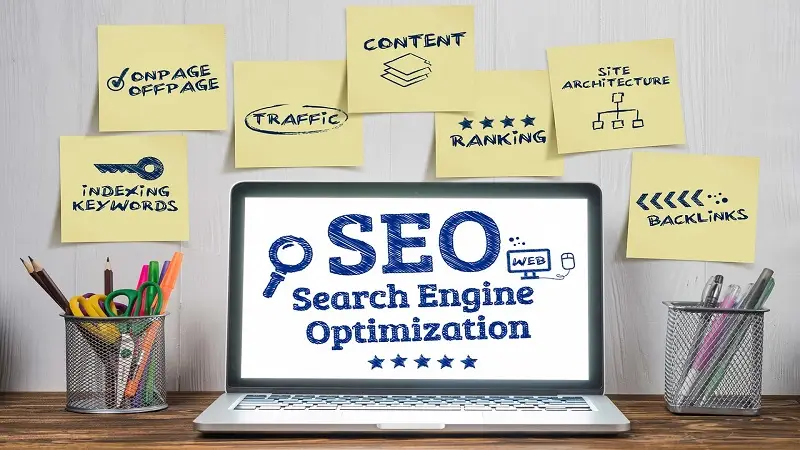Small and medium-sized enterprises rely heavily on their websites to be seen by clients and generate revenue in this digital era. In Australia, a user-friendly website for a business is very crucial for keeping competition alive while ensuring sustainable business performance over time. Achieving such a feat calls for knowledge and application of the fundamental best practices for web development to ensure smoothness, security, and engagement in both the online and business-to-customer experience.
1. Focus on User Experience (UX)
A user-centric design is important to SMEs. Websites need to be intuitive, easy to use, and responsive to the wide variety of devices in the marketplace. For a
business based in Australia, mobile friendliness is of critical importance given the high rate of mobile internet usage. Simple and clear navigation, fast loading pages and well-organized content will all help users find what they want and engage with your site.
2. Optimise Website Speed
Website speed now plays an important role in retaining customers and improving a website's SEO rankings in a rapidly changing digital world. A slow website can chase potential customers away and can severely affect search engine performance. Hence, SMEs should optimize images, have clean code, and invest in good hosting services so that the site loads fast for the user regardless of location.
3. Ensure Mobile Responsiveness
The importance of mobile responsiveness is such that mobile internet usage now surpasses desktop browsing. A mobile optimized website adjusts to the differing screen sizes so that, regardless of whether one views it on a smartphone or tablet or even desktop, users' experience is consistent and seamless. For businesses in Australia, this means that spending on mobile responsiveness is indispensable to reach a wider crowd and meet the needs of the modern-day Australian consumer.
4. Implement Strong Security Features
Any website needs to have
security in place. For SMEs that have sensitive information about their customers, security is the primary concern. Your website must have SSL certificates, updated security measures, and secure payment gateways. This will not only protect your business but also your customers from possible cyber threats. Businesses based in Australia should work on these aspects of security to win the hearts of their audience.
5. Search Engine Optimisation (SEO)
SEO is a critical component of web development for SMEs who want to gain more online presence. Simple
SEO practices like Meta tags optimization, keyword-rich content and improving website structure will make your site rank higher on search engine results pages. Local SEO is very important for Australian businesses, so optimize your site for region-specific search queries.
6. Scalability for Future Growth
As your business grows, so should your website. Scalability, therefore, must be at the forefront of web development to provide for increased traffic and additional features in the future. In the event that you might
expand your product range or add customer support tools or other new technologies, your website should also be flexible enough to evolve along with your business.
Conclusion
For small and medium-sized enterprises in Australia, web development is an essential investment that can significantly impact their growth and success. By prioritising user experience, website speed, mobile responsiveness, security, SEO, and scalability, SMEs can build a solid online presence that will support their business objectives and meet the evolving needs of customers. Following these best practices ensures that businesses are well-positioned to thrive in the competitive digital landscape.




